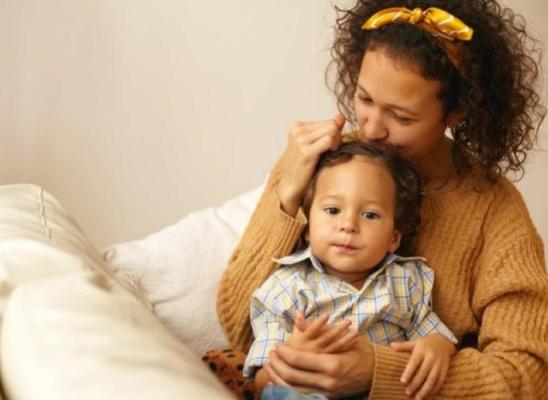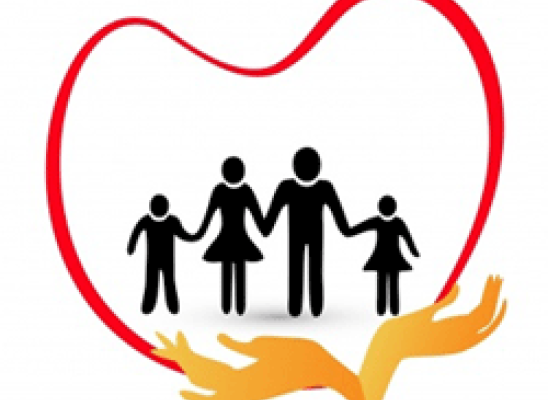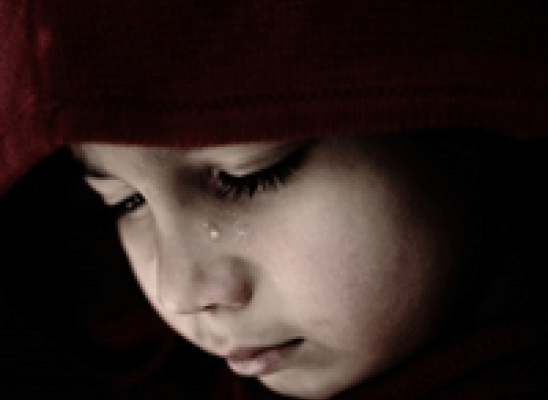Supporting Your Teen with Hair Pulling Disorder: Practical Tips and Strategies

Online test
Find out the severity of your symptoms with this free online test
No matter how grown up they seem, your teen is still your baby, and you want to protect and nurture them as they make their way to adulthood. That path isn’t always easy. And, for a teen dealing with hair pulling, also known as trichotillomania, the task of parenting them can be challenging but incredibly important.
The loss of hair due to the irresistible urge to pull can result in significant emotional distress and difficulties with psychosocial functioning. Shame and embarrassment are frequently expressed by those living with trich. Avoiding social situations where they may feel judged becomes a way of coping with the distress.
The teen years are already fraught with emotional ups and downs. Dealing with a disorder like trich, and impacts it can have both personally and socially, can be a lot for your teen to handle. And they might not know how to talk to you about it.
To help you support your teen, we’ve compiled a comprehensive guide of practical strategies and tips that you can use to connect with your teen. You’ll find ways to support them, foster communication, and ways to help them navigate a sometimes difficult path.
Understanding Trichotillomania
The first step in supporting your teen is understanding the disorder they’re dealing with. Despite appearing to be a dermatological condition, trichotillomania is a mental health disorder classified as an obsessive-compulsive related disorder (OCRD). It is not OCD but it does share similar qualities. Trich tends to begin in late childhood or early adolescence. While we don’t know what causes trich to occur, it is thought to be triggered by stress, anxiety, or other emotional disturbances, even boredom. In fact, it is not uncommon for trich to co-occur with other mental health disorders such as anxiety and mood disorders. The act of pulling is not self-harm. It is thought to be a way to cope with negative emotions or a response to a perceived imperfection in the hair.
It's a common misconception that trich means pulling hair from the scalp. While the scalp is the most common area to pull hair from, people with trich often pull hair from their eyebrows, eyelashes, arms, and even from their pubic area.
If your child is struggling with trich, it’s important that you keep the lines of communication open with your teen so that you can support them and make decisions together.
What Do I Say to My Teen?
Knowing what to say can be hard and every parent-child relationship is unique. Finding the right words doesn’t always come easy. The TLC Foundation for Body-focused Repetitive Behaviors offers these tips for things you can say that show support:
What to Say
- I love you
- You are beautiful
- You are important
- You are worthy
- Your BFRB does not define you
- I am here for you
- You can talk to me and let me know what you need
What Not to Say
- Stop pulling, picking, biting
- You look like you've been pulling, picking, biting a lot
- Cover that spot
- Do not tell other people about your child's trich without their permission
- Do not scold, shame, or punish your child for pulling their hair. It is not something they can control on their own and it is not their fault. Or yours.
Tips for Keeping The Lines Of Communication Open
Communication is an important part of the process. You and your teen will need to make decisions together. Keeping those lines of communication isn’t always easy.
Here are some tips to foster open communication:
Practice Active Listening
When your teen talks, listen. Show genuine interest in what they’re saying. Avoid interrupting or offering solutions immediately. Sometimes, they just need to talk and know, “I hear you.”
Express Empathy
Acknowledge their feelings without judgment. Statements like, “I see this is really hard for you,” validate what they’re feeling and encourages them to open up more.
Be Patient
Your teen may be struggling and not quite ready to talk. They may share in tiny bits. That’s ok. Give them time and let them know you are ready to listen when they are ready to share.
Focus on Solutions
Instead of focusing on the problem, focus on finding solutions. Learn about the disorder together and find ways to address it together. Encouraging your teen to participate in the process helps them gain a sense of empowerment and confidence.
Practical Strategies to Support Your Teen
Support is more than just finding treatment. Supporting your teen involves a combination of emotional support and practical strategies. Here are some effective approaches to try:
Seek Professional Help
Seek out a mental health professional who specializes in trichotillomania. Habit Reversal Training (HRT), a specialized type Cognitive-behavioral therapy (CBT), is often effective in treating trichotillomania by helping individuals understand and change their hair-pulling behaviors.
Develop Coping Mechanisms
Help your teen identify triggers and develop healthier coping mechanisms. This could include stress-relief techniques such as deep breathing, practicing mindfulness, journaling, using fidgets, or engaging in physical activities. Encourage and praise the use of their strategies.
Physical Barriers
Different hairstyles, headscarves, hats, or wigs can be helpful when the urge to pull is intense. They can also help ease discomfort with being in social situations. Help your teen find what feels most comfortable for them.
Create a Supportive Environment
Make home a safe space where your teen feels comfortable and supported. Encourage activities that boost their self-esteem and distract from hair pulling, such as hobbies or social interactions.
Promote Self-Care
Encourage your teen to take care of their overall well-being. This includes maintaining a healthy diet, getting regular exercise, and ensuring adequate sleep. A healthy body can positively impact mental health. Self-care is important for you too. Helping your teen through this process can be emotionally taxing. Taking time to refill your cup will help you fill theirs.
Conclusion
Supporting your teen in this journey requires understanding, patience, and a proactive approach. The journey may be long but by fostering open communication and implementing practical strategies, you can help them manage their hair-pulling behavior and work towards recovery.
References
1. For parents – TLC Foundation for BFRBs. (2024, March 27). Retrieved from https://www.bfrb.org/faq-categories/for-parents
2 News. (2023, February 28). Hair pulling and skin picking: How to help your child stop repetitive behaviors. Retrieved from https://health.ucdavis.edu/news/headlines/hair-pulling-and-skin-picking-how-to-help-your-child-stop-repetitive-behaviors/2023/02
Online test
Find out the severity of your symptoms with this free online test
Start your journey with TrichStop
Take control of your life and find freedom from hair pulling through professional therapy and evidence-based behavioral techniques.
Start Now



